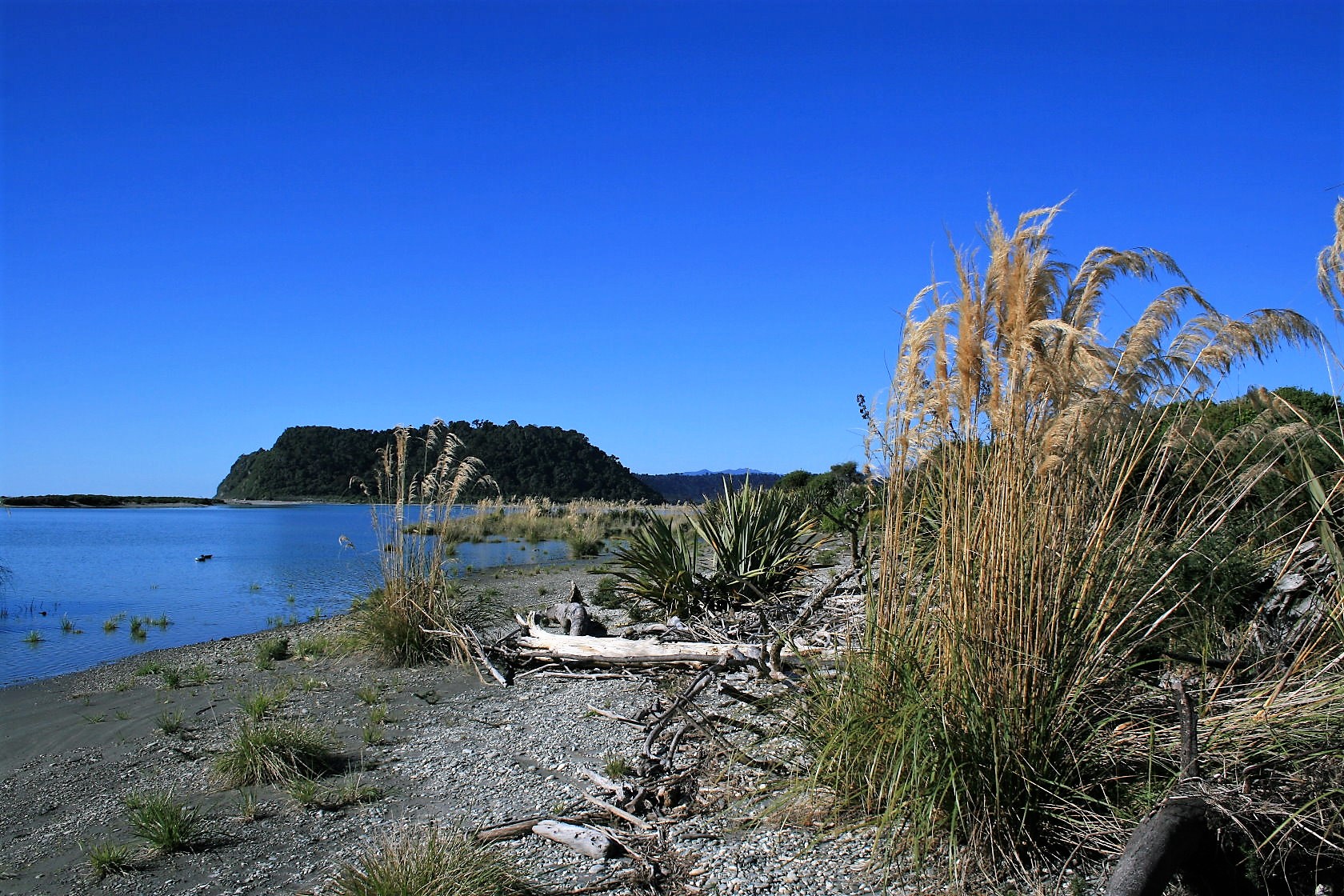From militant miners to Salami sausages
Blackball’s history is colourful and varied.
Blackball was founded in 1864 as a base for transient gold seekers, although the really big gold field of the area was a little further up the Grey Valley at Moonlight.
Thirty years later however, prospectors had their sights set on coal. They were a revolutionary bunch renowned for the infamous ‘Cribtime Strike’. For years the Arbitration Court had refused to lengthen the coalmines’ lunch break from 15 minutes to half an hour. In 1908, seven workers went out and refused a command to return to their jobs. When the group was fired, fellow workers joined the strike. The management agreed to the longer break. The strike showed the rest of New Zealand that collective action was effective. As a result the Red Feds were established, and from them, the Federation of Labour and the New Zealand Labour Party evolved.
In its heyday, Blackball was populated by around 1200 people. When the mine closed in 1964, many left and the town was expected to slowly disappear, but today around 400 people call Blackball home with the popular watering hole ‘Formerly the Blackball Hilton’ hotel as a meeting place.
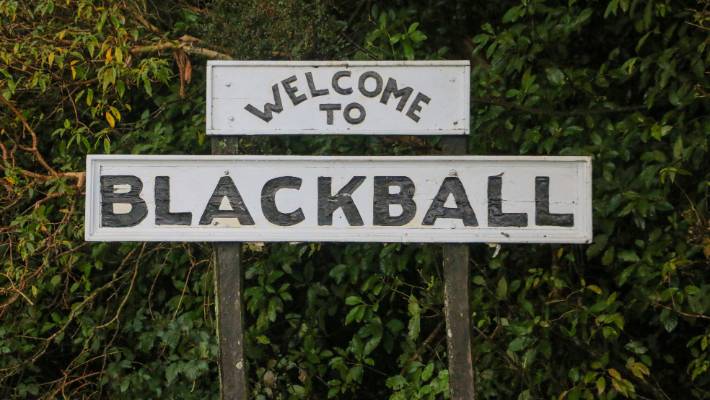
Is the 'end of the road' on the West Coast, leading onto the famous Heaphy Track.
This is the gateway to Kahurangi National Park, with its unique flora and fauna including the Great Spotted Kiwi and short and long-tailed bats (New Zealand’s only native mammal).
Take a leisurely walk through groves of Nikau Palms, embark on a tramping adventure on the famous Heaphy Track or explore the limestone caves and arches of the Oparara Basin.
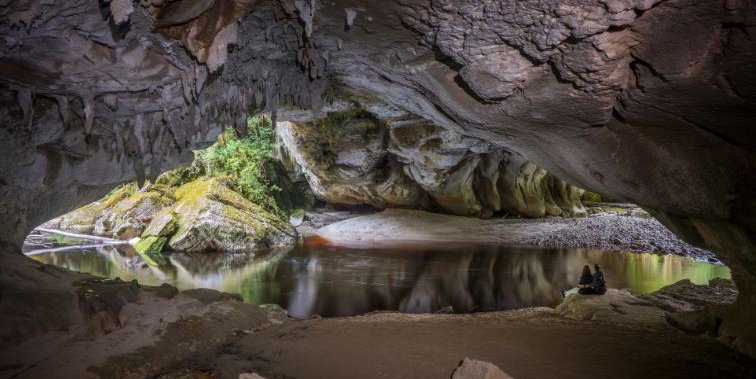
Is steeped in history and has ever-changing scenery with its rugged beaches, untamed rivers and gentle streams.
Historical mining sites in the area include Coaltown; a visit to Coaltown Museum will help you imagine life as it was for New Zealand's pioneering coal miners as you walk through a simulated underground coal mine.
Just 15 minutes from downtown Westport is the village of Waimangaroa - the gateway to the historic settlement of Denniston, located 600 metres above sea level with sweeping vistas of Westport and the surrounding landscape.
Denniston was established in the 1800s by coal miners working on the Burnett's Face, Ironbridge and Coalbrookdale mines. Originally, the only access up 'the hill' was the steep bridle path, or a heart-stopping ride in a coal wagon up the incline. It's arduous and often treacherous access meant that many of the early settlers came down from 'The Hill' as they called it only once a year - some, particularly women, not for a decade or more. Today, shingle roads linking the original settlements provide vehicle access across the plateau. The remnant relics, mine sites, rope roads and townships remain as an evocative reminder of one of the har shest and most unforgiving environments in which to live. The plunge from the head of the incline is a view not to be missed. Life in the early days in Denniston is the subject of the book 'Denniston Rose', available in all bookstores.
Stockton and Millerton mines are also in the area.
Visit the seal colony at Cape Foulwind just eight kilometres south of Westport and then enjoy a coffee or a meal at the Bayhouse Cafe overlooking Tauranga Bay. The walk along the coastline from the seal colony to the lighthouse also is a easy to moderate walk with great coastal views.
Just twenty minutes south of Westport lies the historic gold mining township of Charleston where you can explore the gold-workings or ride the Nile River Rainforest Train.
Charleston is also famous for its Glow Worm Cave Tour with Nor'West Adventures. A walking tour through one of New Zealand's largest caves will enthrall you with the wonderful glow worm displays, stalactites and stalagmites or take the cave tubing trip for even more fun and adventure. For more excitement there's jet boating, surfing, mountain biking, whitewater rafting and Argo 8-weel drive tours, horse trekking and kayaking.
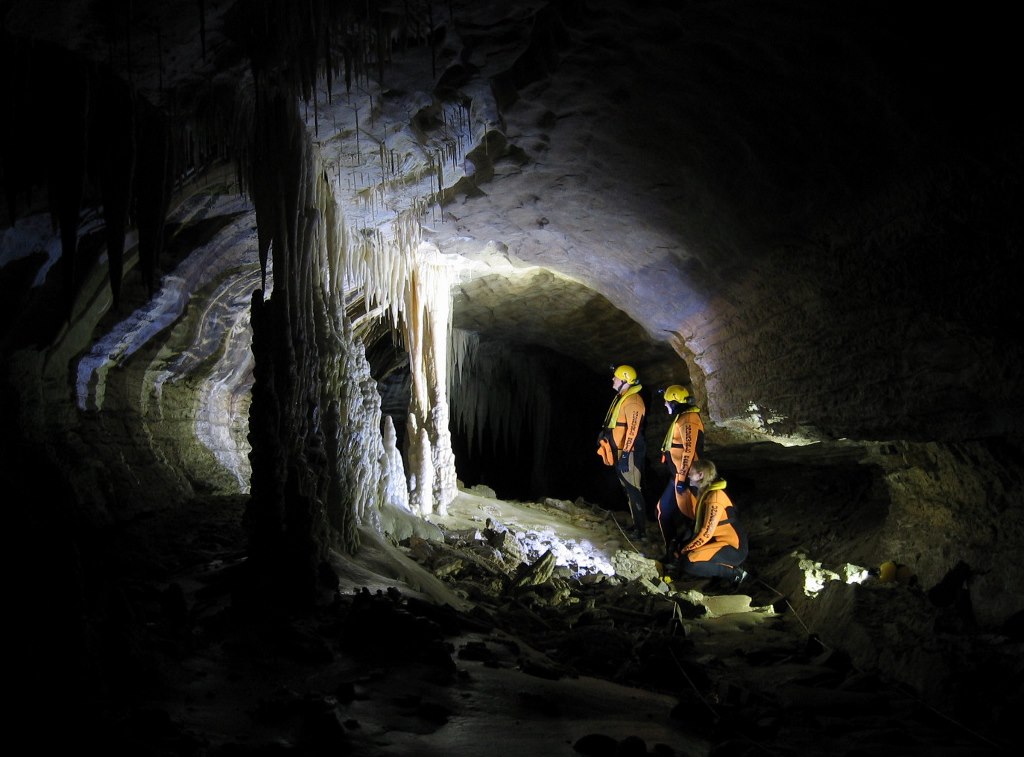
Soaring cliffs and caves typify Westland’s rugged coastline, the best known feature being the 'pancake rocks' and blowholes at Punakaiki.
The Pancake Rocks that Punakaiki is famous for, are limestone formations that began forming 30 million years ago, when lime-rich fragme nts of dead marine creatures were deposited on the seabed, then overlaid by weaker layers of soft mud and clay.
The seabed was raised above sea level by earthquakes, to form the coastal cliffs and coastline. The sea, wind and rain have since etched out the soft layers to form the unusual rock formations we see today.
When conditions are right, heavy ocean swells thunder into the caverns beneath the rocks and huge water spouts blast skywards through the blowholes in a spectacular sight.
Caves in the area can be explored with local guides. The area is within the Paparoa National Park, of international importance because the area of the national park includes unmodified lowland karst - rare in New Zealand.
Karst land forms are dominated by underground stream systems and associated features, such as caves and dolines (large sunken depressions). The main river systems of the park emerge from spectacular gorges of towering limestone cliffs, and are readily accesible via walking tracks suitable for all ages. All these tracks are part of, or link with, the historic Inland Pack Track, popular with family groups. Bullock Creek Road (just north of Punakaiki township) gives access to the heart of the limestone area, including the remarkable Cave Creek ‘stream capture’ zone.
The rugged Paparoa Range, with its peaks rising to 1500m, can provide a wilderness experience equal to any in New Zealand. Wildlife includes the world’s only breeding colony of the Westland Petrel, on the forest-covered limestone coastal ridges south of Punakaiki. From autumn to spring hundreds of these magnificent sea birds may be seen flying in from sea to their burrows just after sunset.
The lower Pororari River which passes through subtropical lowland forest and a limestone gorge, can also be explored by canoe. These can be hired on the banks of the river at Punakaiki.
Follow Truman’s Track (just 2kms north of Punakaiki) through lush coastal forest to the cliff-tops and explore the Te Miko coastline where sea caves (variously inhabited in the past by Maori traders and conscientious objectors), rock pools and marine life are accessible at low tide. This track has been named by the AA as one of the 'Top 10 short walks in NZ'. Walking time approximately 20 minutes return.
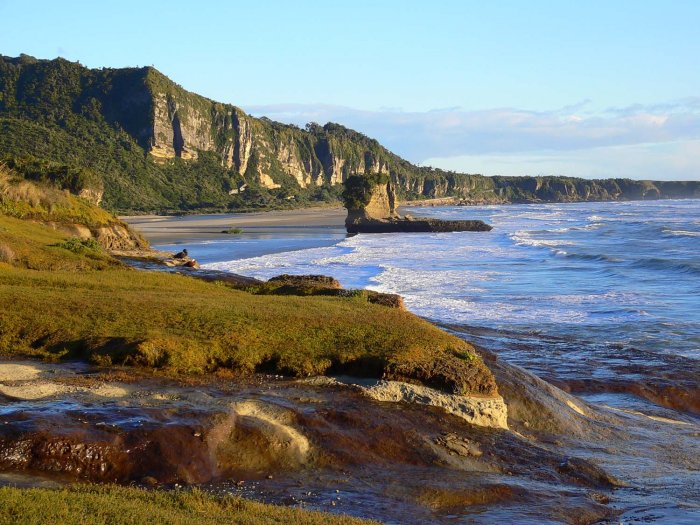
Within 40mins drive of Greymouth are several lakes – Lake Brunn er at Moana (East of Stillwater), Lake Kaniere (East of Hokitika) and Lake Mahinapua (South of Hokitika). Each have easy walking tracks of varying lengths and all with beautiful scenery and picnic spots. A stop off at Lake Ianthe on the way to the glaciers is also a great place for lunch. Once at Fox Glacier, Lake Mathieson is a must visit - particularly on a still evening as the sun is setting. Photos of the lake in these conditions are stunning and hard to tell which up they should be, as the lake mirrors everything so perfectly.
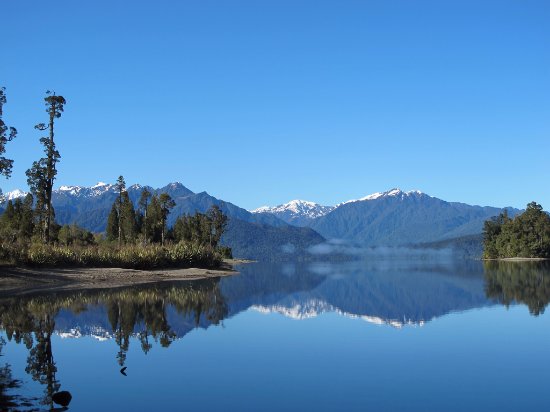
There are numerous short walks (from 10-60 mins) around the Greymouth township. We will be happy to give you directions to these wonderful walks and vantage points for great views of the town or surrounding area.
There are 20 or so walks in the immediate district ranging from gentle boardwalks to 4hr walks with river crossings included. All are very rewarding and worth consideration and within 30-60 minutes drive of Greymouth township. A bit further afield but a real gem, is the Hari Hari Coastal walk - best done when the tide is not too high and is a mixture of bush and beach walking.
For the more adventurous and better equipped, there are hikes of 2-5 day duration through rainforest or mixed podacarp forests, limestone gorges, up to hot pools and over tussock covered mountain ranges.
If you wish to know more about any of the above, please talk to us at reception or contact us prior to arrival for more information.
